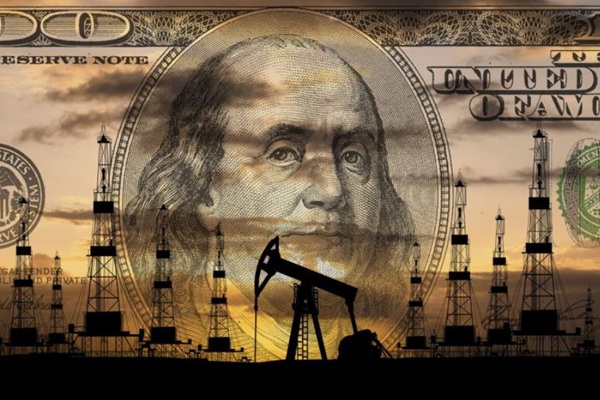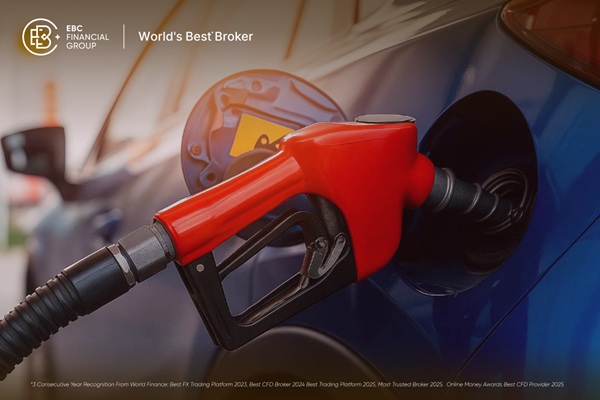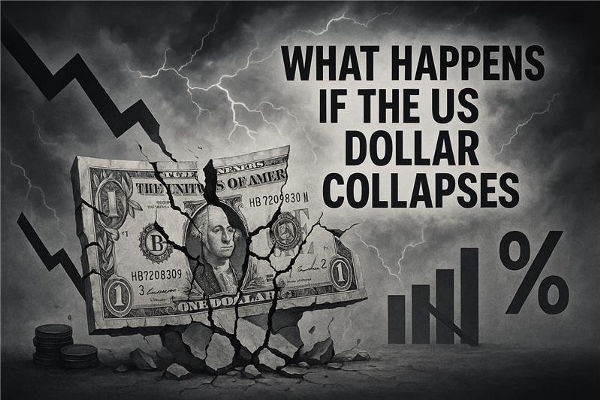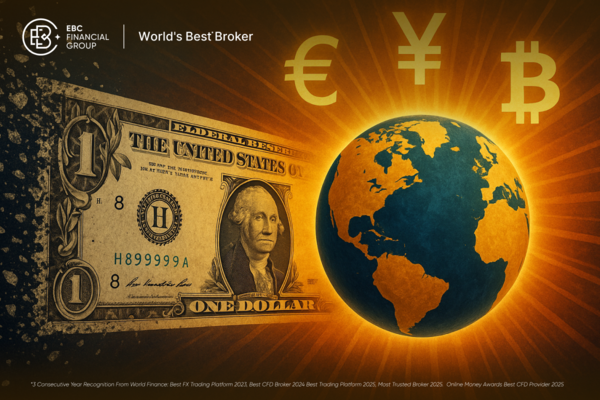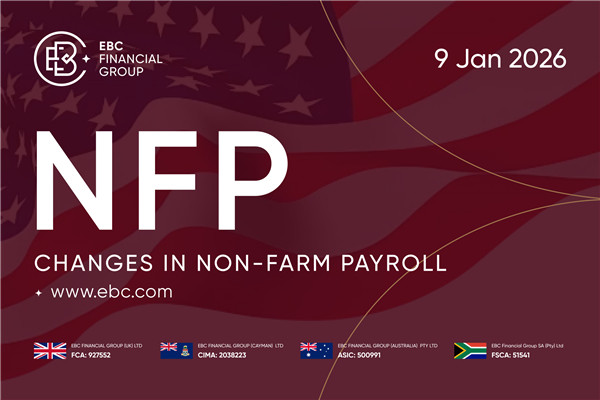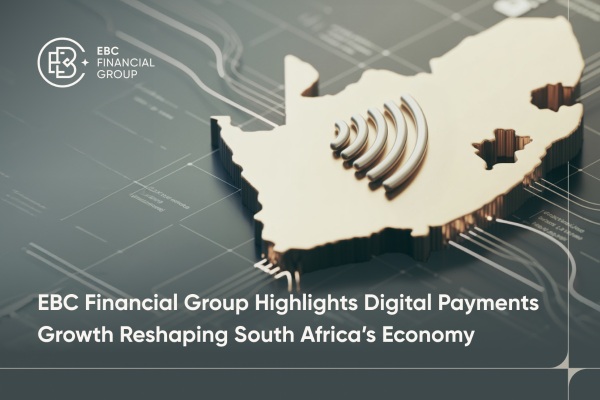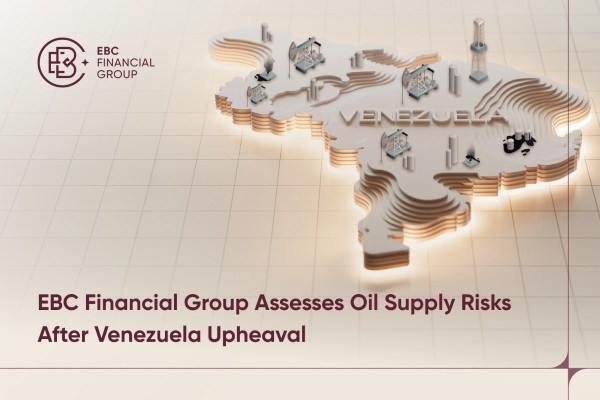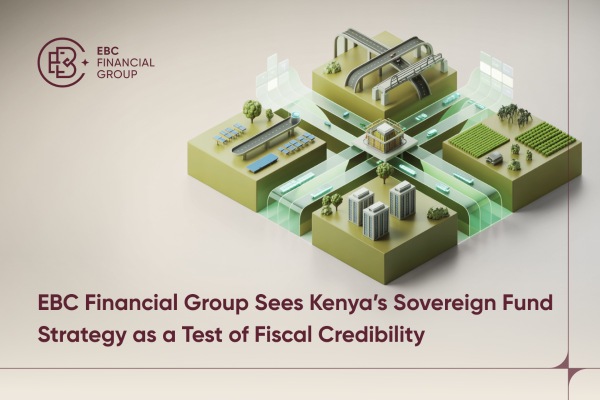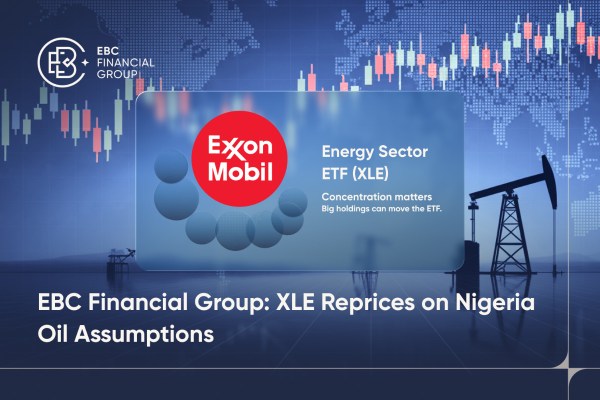Few economic arrangements have shaped the modern world more profoundly than the petrodollar system. Born out of geopolitical upheaval and strategic diplomacy in the 1970s, it redefined the relationship between energy, money, and power. By pricing oil exclusively in U.S. dollars, a global demand for the currency was engineered—one that underpins America's financial dominance to this day. Understanding how this system came to be, how it operates, and why it still matters offers key insight into the mechanics of global influence.
Definition and Origin
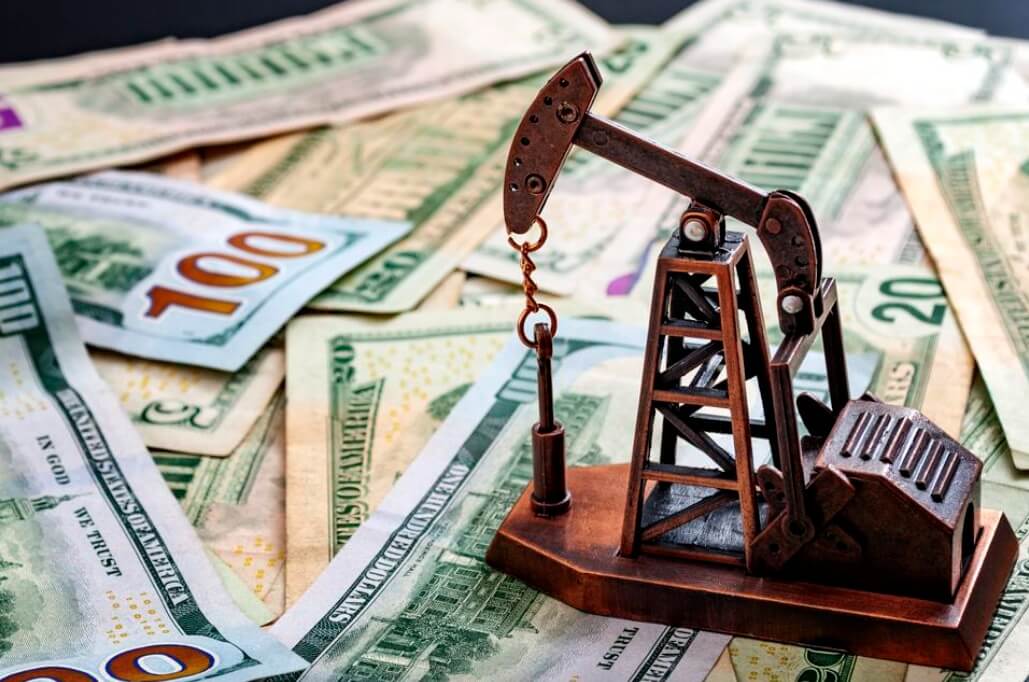
A petrodollar is essentially any dollar received by a country in exchange for the export of oil. The system gained prominence after a series of economic shifts in the early 1970s, when oil-producing countries began to accumulate vast amounts of U.S. currency due to the global reliance on the dollar for oil transactions.
The term was coined during the era when countries in the Organisation of the Petroleum Exporting Countries (OPEC), notably saudi arabia, began channelling oil revenues into international investments, particularly in U.S. assets. This development laid the groundwork for what came to be known as the petrodollar system—a strategic monetary arrangement that underpins a significant portion of global trade and investment today.
Bretton Woods & the 1973 Oil Crisis
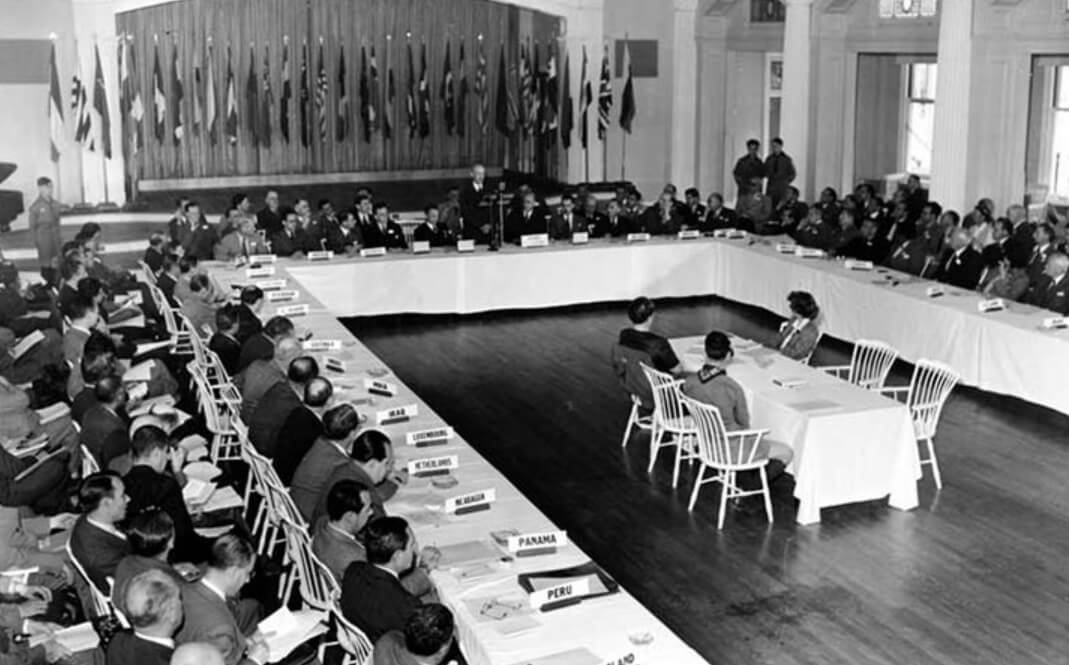
To understand the birth of the petrodollar, one must examine the collapse of the Bretton Woods system in 1971. Under Bretton Woods, the U.S. dollar was pegged to gold, and other currencies were pegged to the dollar. This arrangement ensured international currency stability for decades after the Second World War. However, by the late 1960s, rising inflation and mounting deficits in the United States made the gold peg increasingly unsustainable.
In 1971. President Richard Nixon announced that the United States would unilaterally suspend the convertibility of the dollar into gold—a move that came to be known as the "Nixon Shock." As a result, the world transitioned into a system of fiat currencies, unanchored by gold or any tangible asset.
In 1973. the Arab–Israeli War prompted a major oil embargo by OPEC against Western nations, leading to a quadrupling of oil prices. This gave oil-exporting countries an unprecedented windfall of U.S. dollars, while also severely disrupting the energy-dependent economies of the West. In response, a new understanding emerged between the United States and major oil producers, particularly Saudi Arabia.
Under a series of agreements, Saudi Arabia agreed to price its oil exports exclusively in U.S. dollars and invest surplus revenue in U.S. financial instruments. In return, the United States provided military and security assurances to the Kingdom. This strategic partnership marked the formalisation of the petrodollar system.
How It Works in Practice
The petrodollar system functions on a relatively simple premise: oil, the world's most traded commodity, is priced and sold exclusively in U.S. dollars. This dynamic creates an artificial but highly durable demand for the dollar across the globe.
Every country that wishes to purchase oil on international markets must first acquire U.S. dollars, regardless of its own domestic currency. This creates a steady global demand for U.S. dollars and, by extension, U.S. government debt and other dollar-denominated assets. As a result, the U.S. enjoys the unique privilege of running trade deficits and expanding its money supply with minimal risk of currency devaluation.
Oil-exporting countries, for their part, accumulate large surpluses of U.S. dollars, which they often invest in U.S. Treasury bonds, equities, and real estate. This system has enabled the recycling of oil wealth into Western financial markets, effectively tying the economies of oil producers and major Western nations together.
Recycling Petrodollars
One of the most consequential features of the petrodollar system is petrodollar recycling—a process in which oil-exporting nations reinvest their dollar earnings into global capital markets. This was particularly evident during the oil booms of the 1970s and 2000s.
With domestic economies often too small or underdeveloped to absorb such large cash inflows, oil-rich nations turned to global markets to park their surpluses. The United States, with its deep and liquid financial system, was the primary beneficiary of this influx. Gulf sovereign wealth funds, such as those from the United Arab Emirates, Kuwait, and Saudi Arabia, became significant investors in Western banks, infrastructure, and government bonds.
This recycling mechanism not only helped stabilise the U.S. economy during periods of fiscal strain but also contributed to lower interest rates and increased global liquidity. However, critics argue that it created structural imbalances in the global economy, with oil-importing nations accumulating unsustainable levels of debt and oil-exporting nations becoming heavily reliant on external markets.
Economic & Geopolitical Impacts
The petrodollar system has had far-reaching consequences beyond finance. It has helped entrench the U.S. dollar's role as the world's primary reserve currency, with over 50% of global currency reserves still held in dollars as of the 2020s.
This dollar dominance has afforded the United States unparalleled economic advantages, including the ability to borrow cheaply and run chronic deficits without facing the immediate pressure of currency collapse. It has also provided Washington with a powerful geopolitical tool—enabling the use of sanctions and financial exclusion to achieve foreign policy objectives.
Moreover, the symbiotic relationship between the United States and key oil producers such as Saudi Arabia has shaped global geopolitics for decades. Military alliances, arms sales, and regional diplomacy have all been influenced by the need to maintain the stability of the petrodollar framework.
Conclusion
The petrodollar system, born from the ashes of Bretton Woods and the upheaval of the 1973 oil crisis, remains one of the cornerstones of the modern global economy. It has linked energy markets, financial flows, and international diplomacy in ways that continue to influence the trajectory of global events.
While the system has delivered economic stability and mutual benefits for decades, it is not without controversy or vulnerability. In a world increasingly exploring de-dollarisation, shifting alliances, and digital currencies, the long-term sustainability of the petrodollar system is no longer guaranteed. However, for now, it remains a testament to the enduring intersection of money, oil, and power.
Disclaimer: This material is for general information purposes only and is not intended as (and should not be considered to be) financial, investment or other advice on which reliance should be placed. No opinion given in the material constitutes a recommendation by EBC or the author that any particular investment, security, transaction or investment strategy is suitable for any specific person.
